Long before airlines like Emirates and Air India came into service, there existed airships that could’ve been the future of air travel. While the concept later failed due to a range of problems, these vessel-shaped hydrogen-filled airships were considered the epitome of luxury air travel in the 1930s. What was it like to travel in one? Let’s find out.
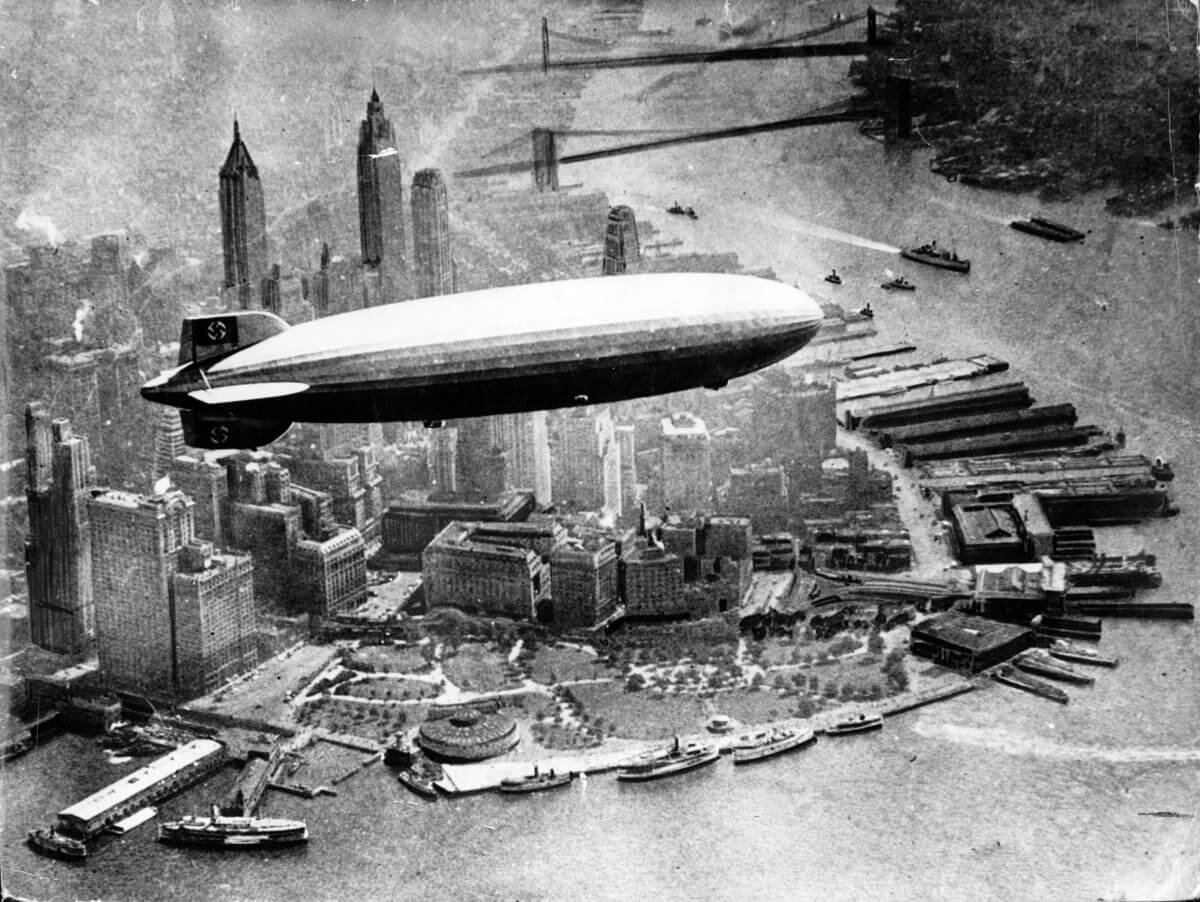
In the history of air travel, zeppelins were known to provide its guests luxury at its best.
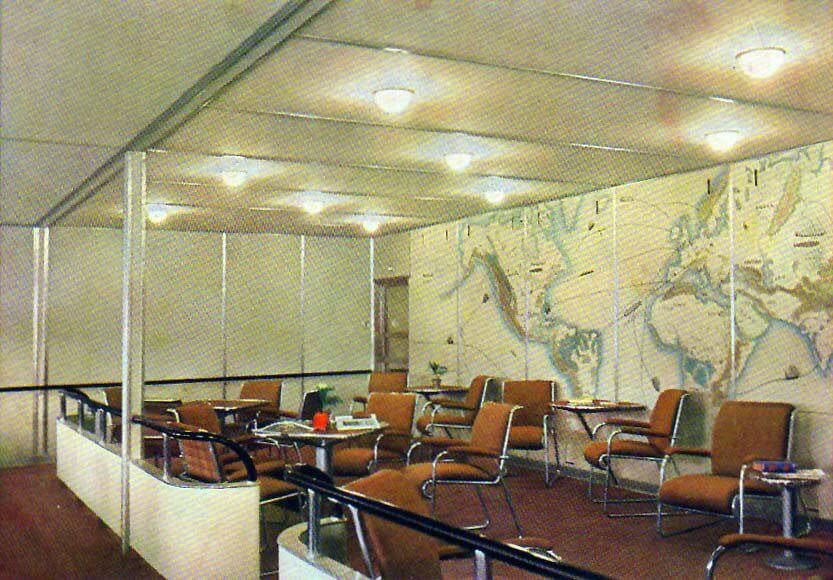
One of the zeppelins called LZ129 Hindenburg was nearly four-times the length of a Boeing 747. Not just that, this 803 foot-long vessel was so fast that it’s quickest transatlantic crossing was recorded to be 43 hours. Truly unbelievable!
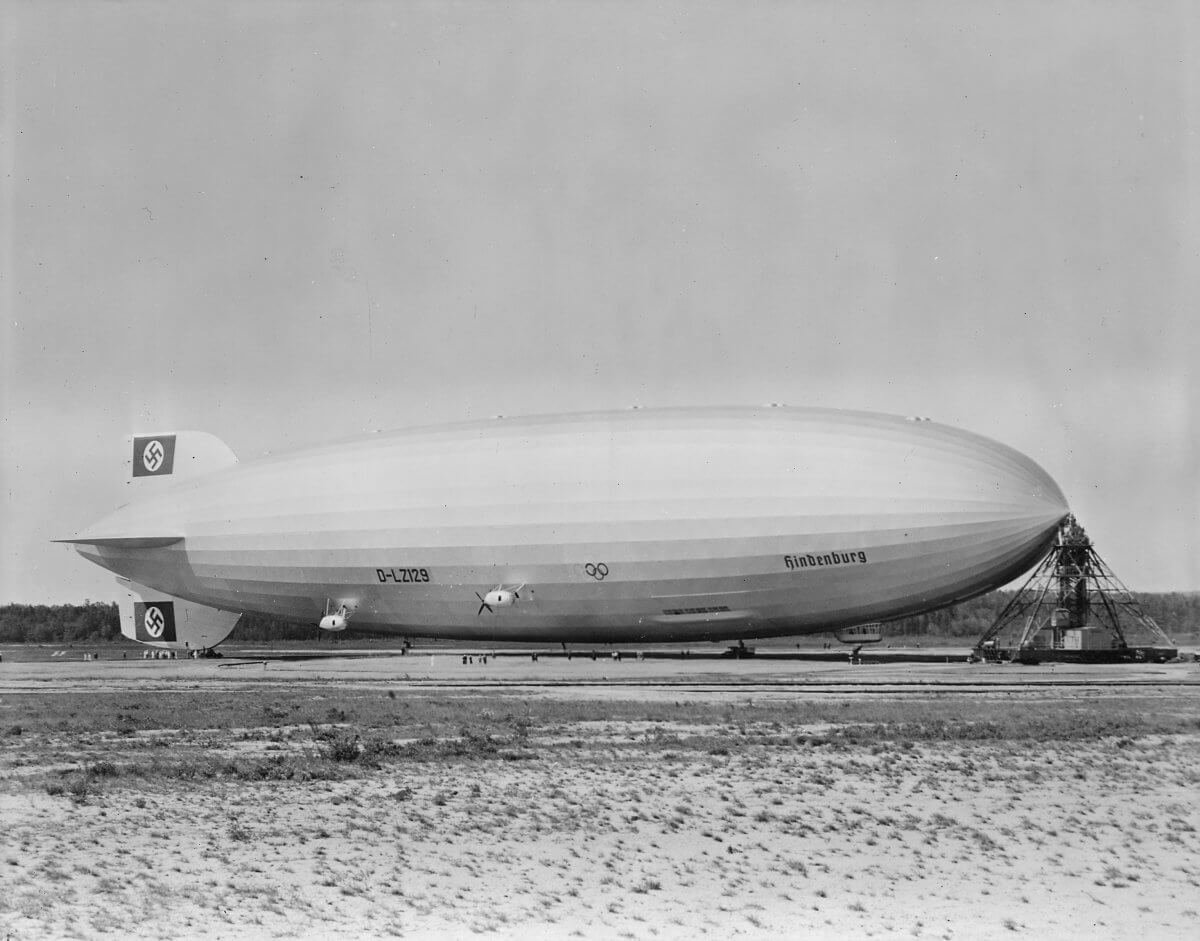
This is the what the dining room of the Hindenburg looked like. With such big and shiny windows and light weight aluminium furniture, one can only imagine what it was like to travel in such class.
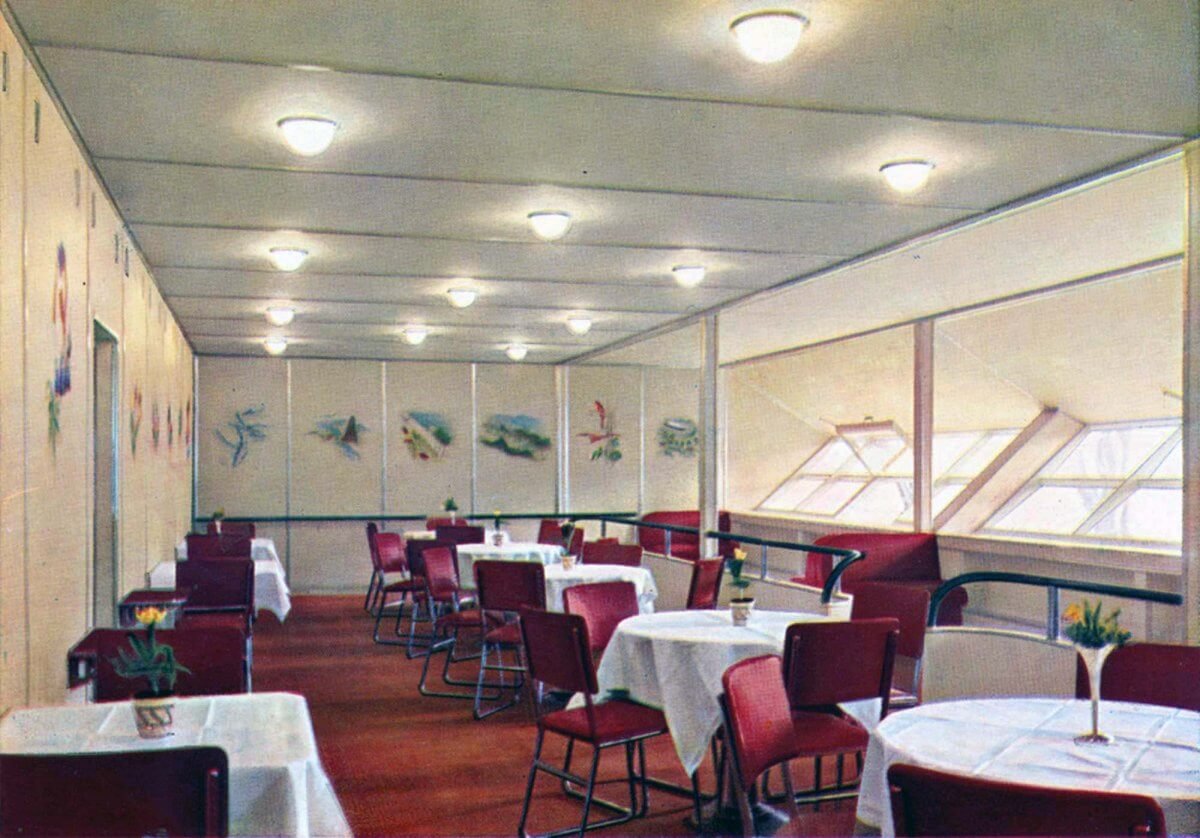
The walls were covered with colourful murals depicting the routes taken by famous explorers, ocean liners, and other zeppelins. The room even had a grand piano during its first year of service.
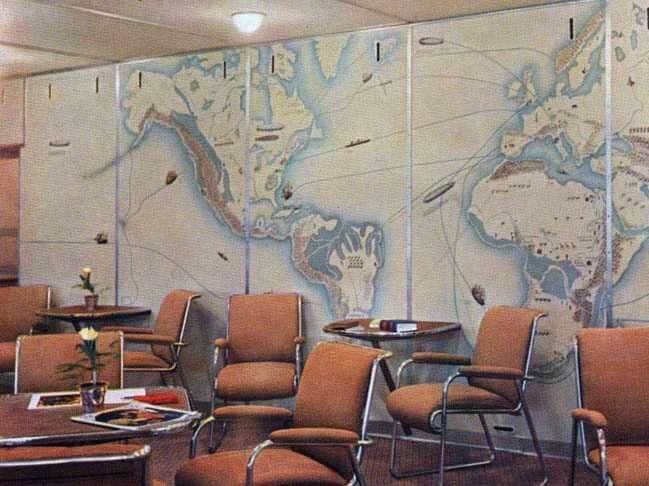
There existed a writing room as well right next to the lounge. That’s as elegant as it gets!
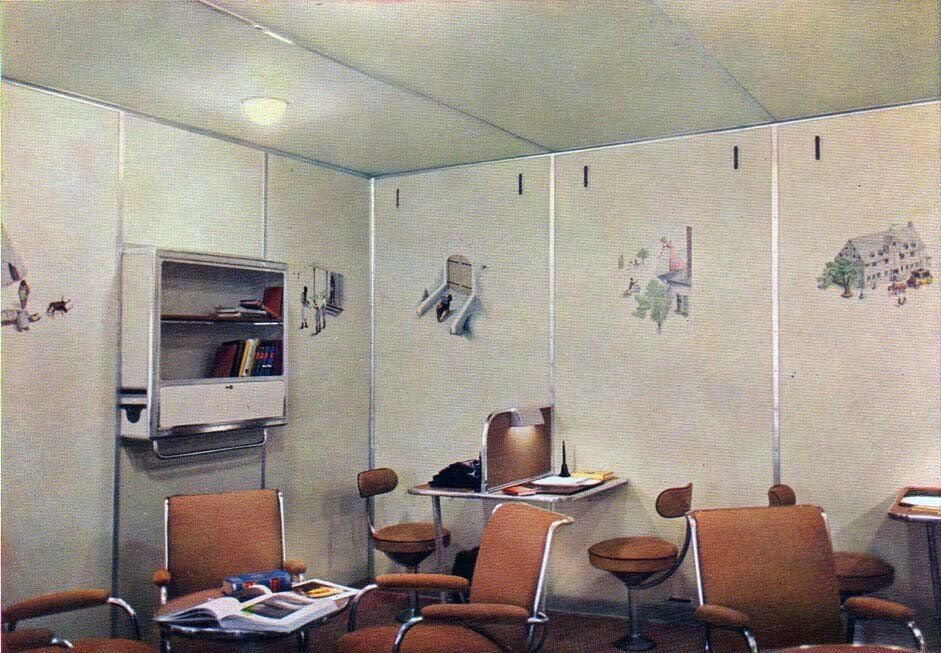
The passenger cabins had a pair of nice and comfortable bunk beds.
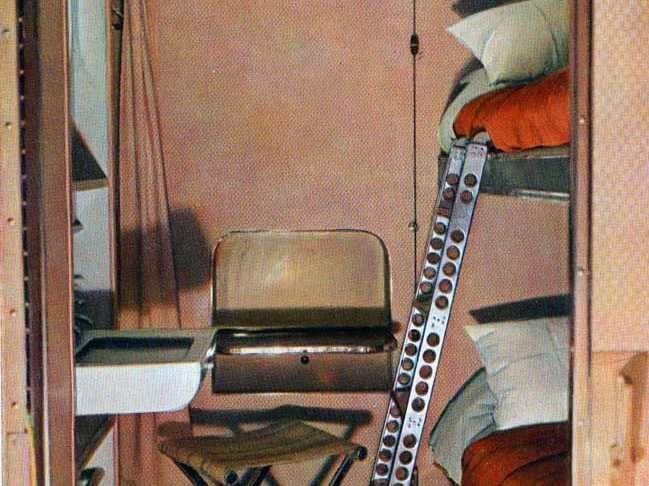
Even though the ship used to be filled with 7 tons of highly combustible hydrogen, it featured an airlocked smoking room and bar one deck below the dining room and passenger cabins.
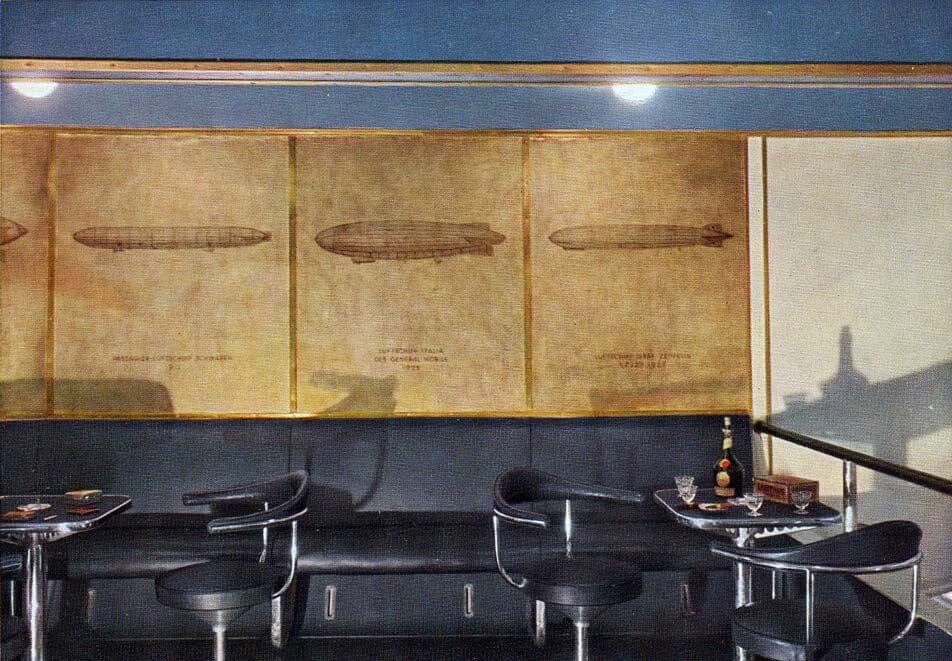
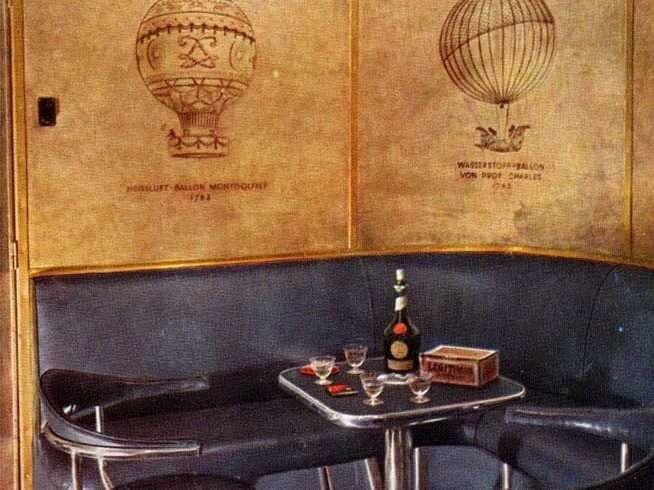
Apart from the Hindenburg, there was another zeppelin that perfectly shows what luxury air travel looked like 80 years ago. It was called the Graf Zeppelin.
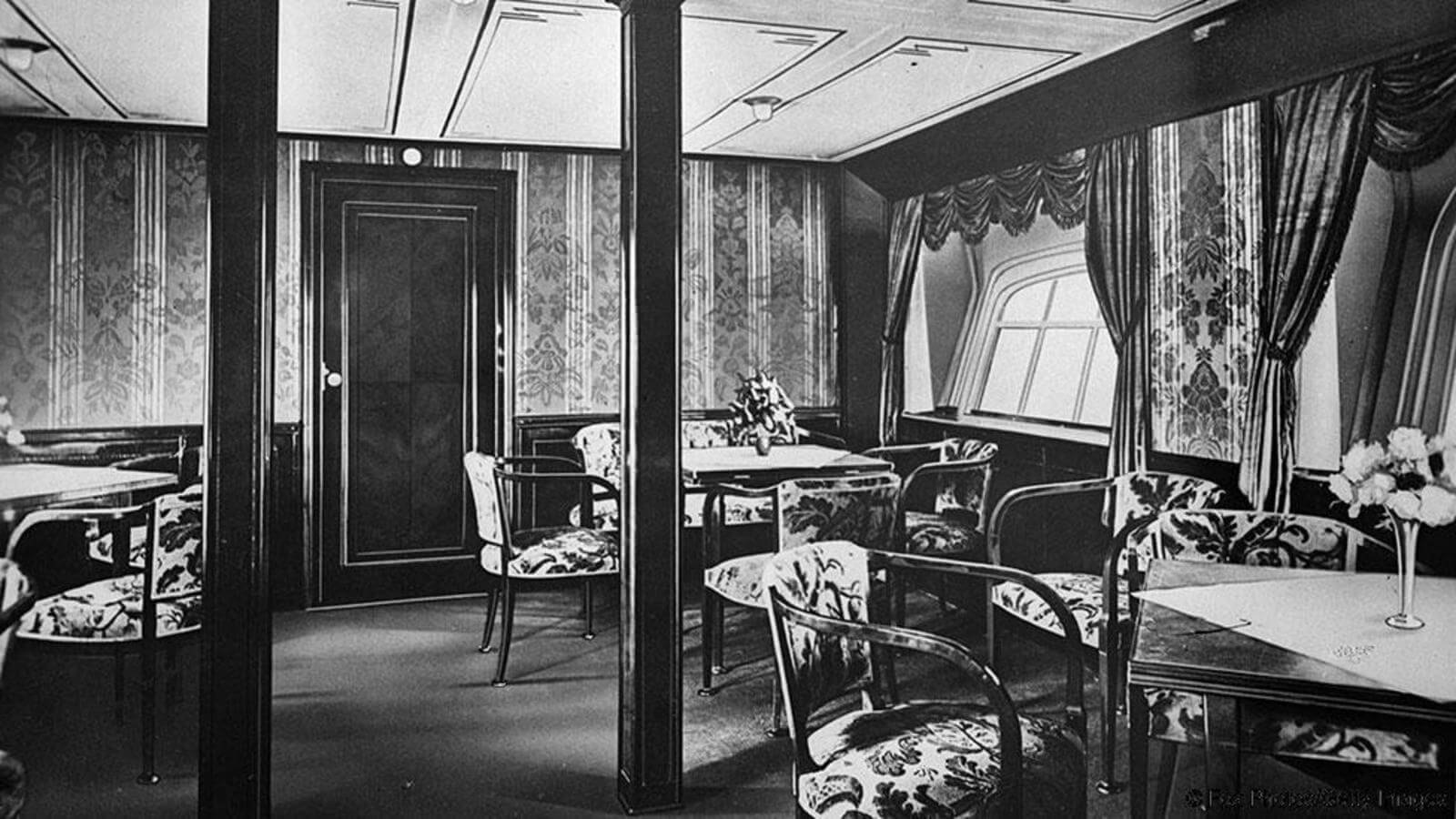
A kitchen containing electric burners, ovens, electric water heaters, a refrigeration unit, a beautiful lounge, a dining area and whatnot! This ship looked like an exotic holiday setting.
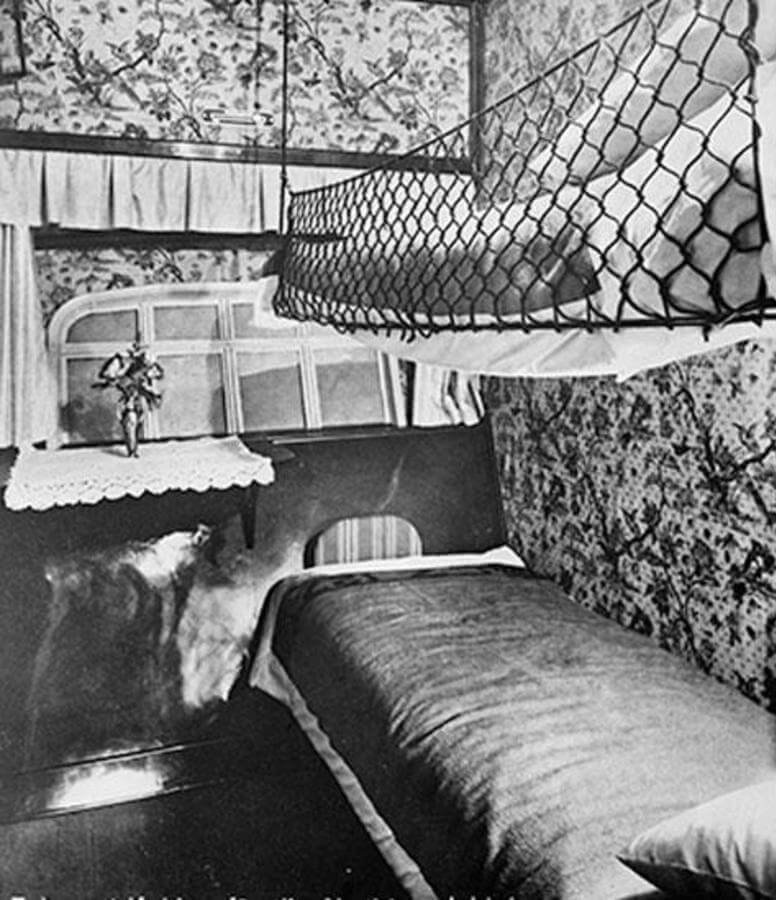
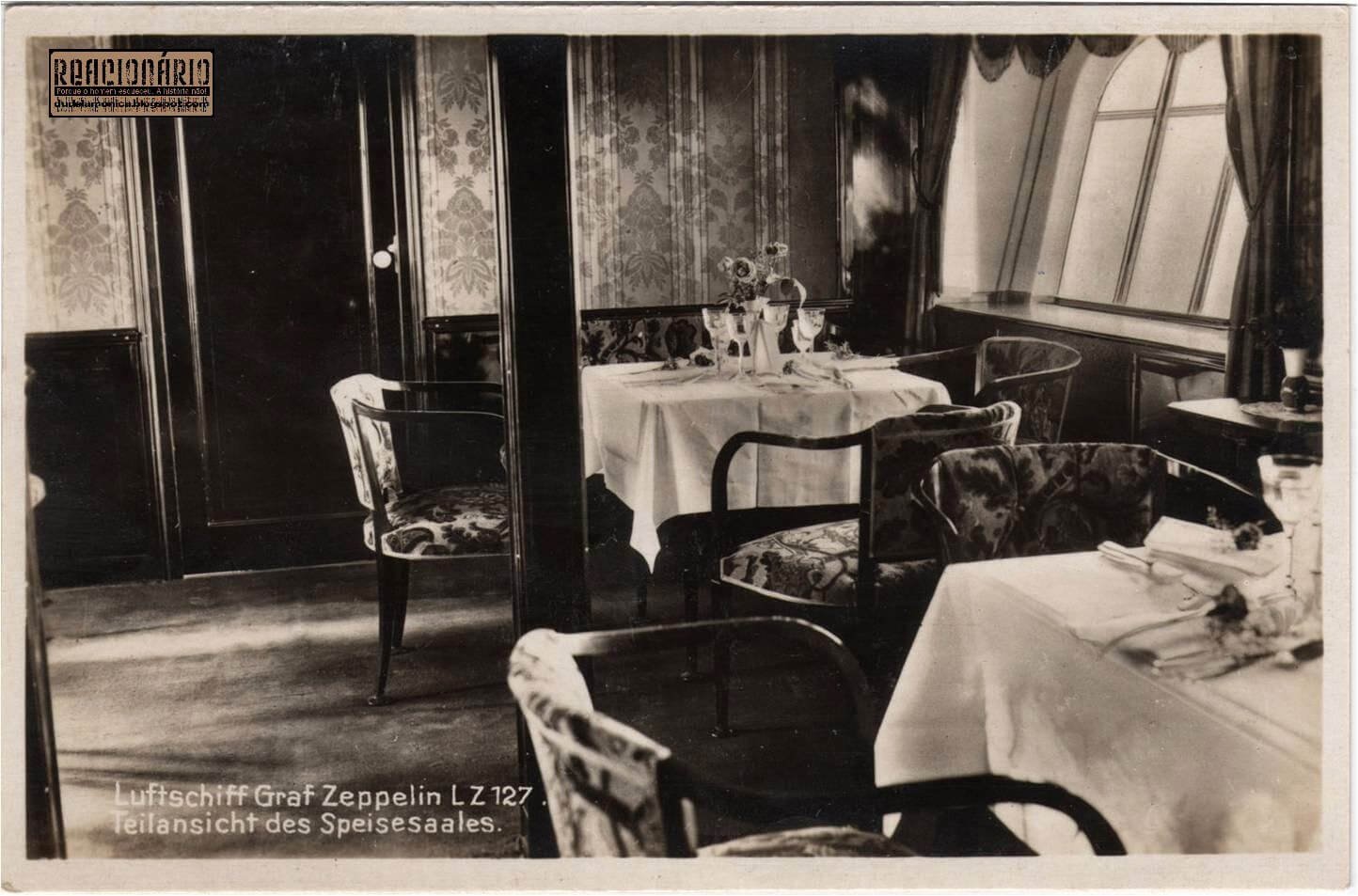
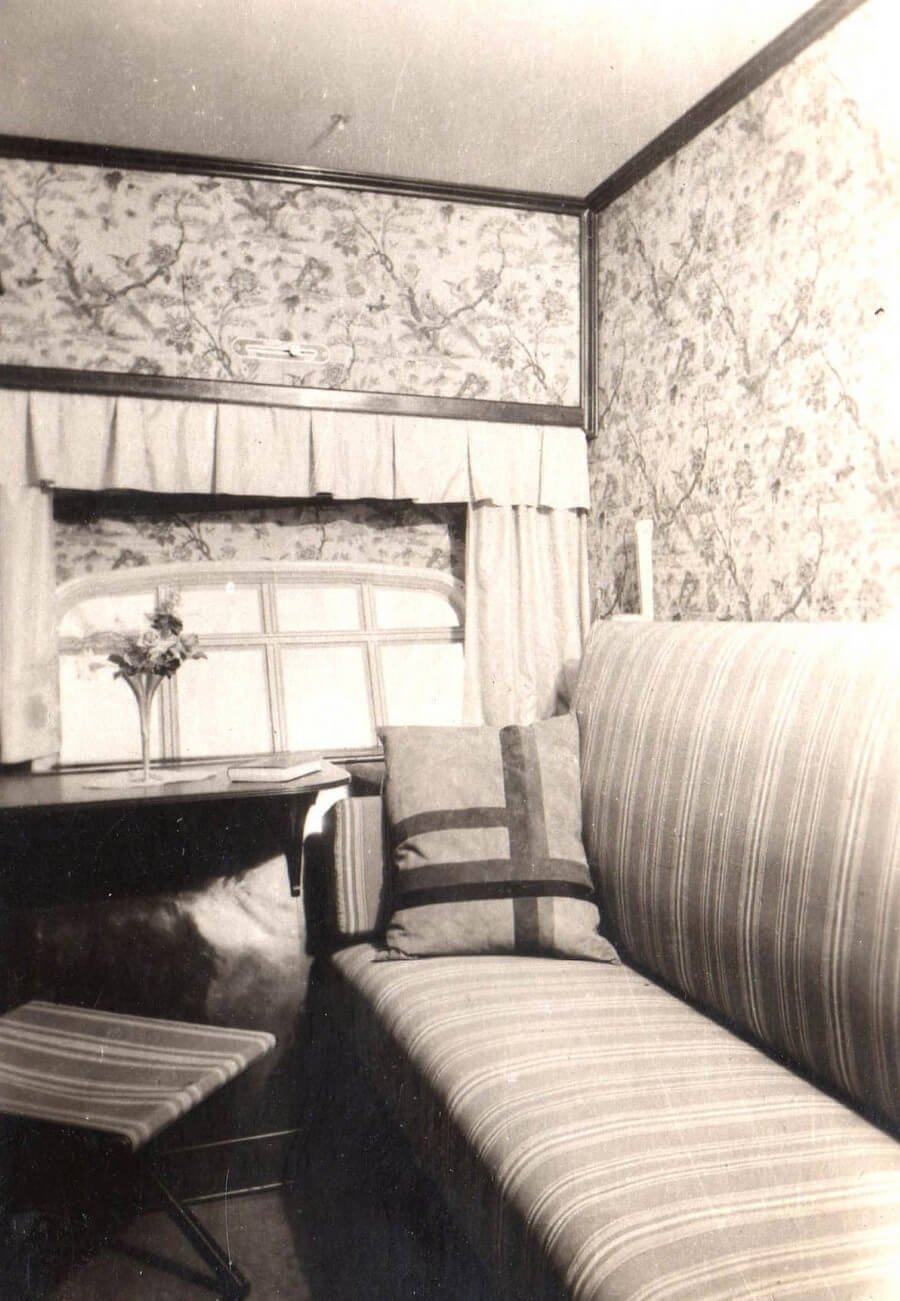
Graf Zeppelin also boasted luxurious public spaces, a smoking space and a cocktail bar, just like its other sister ships.
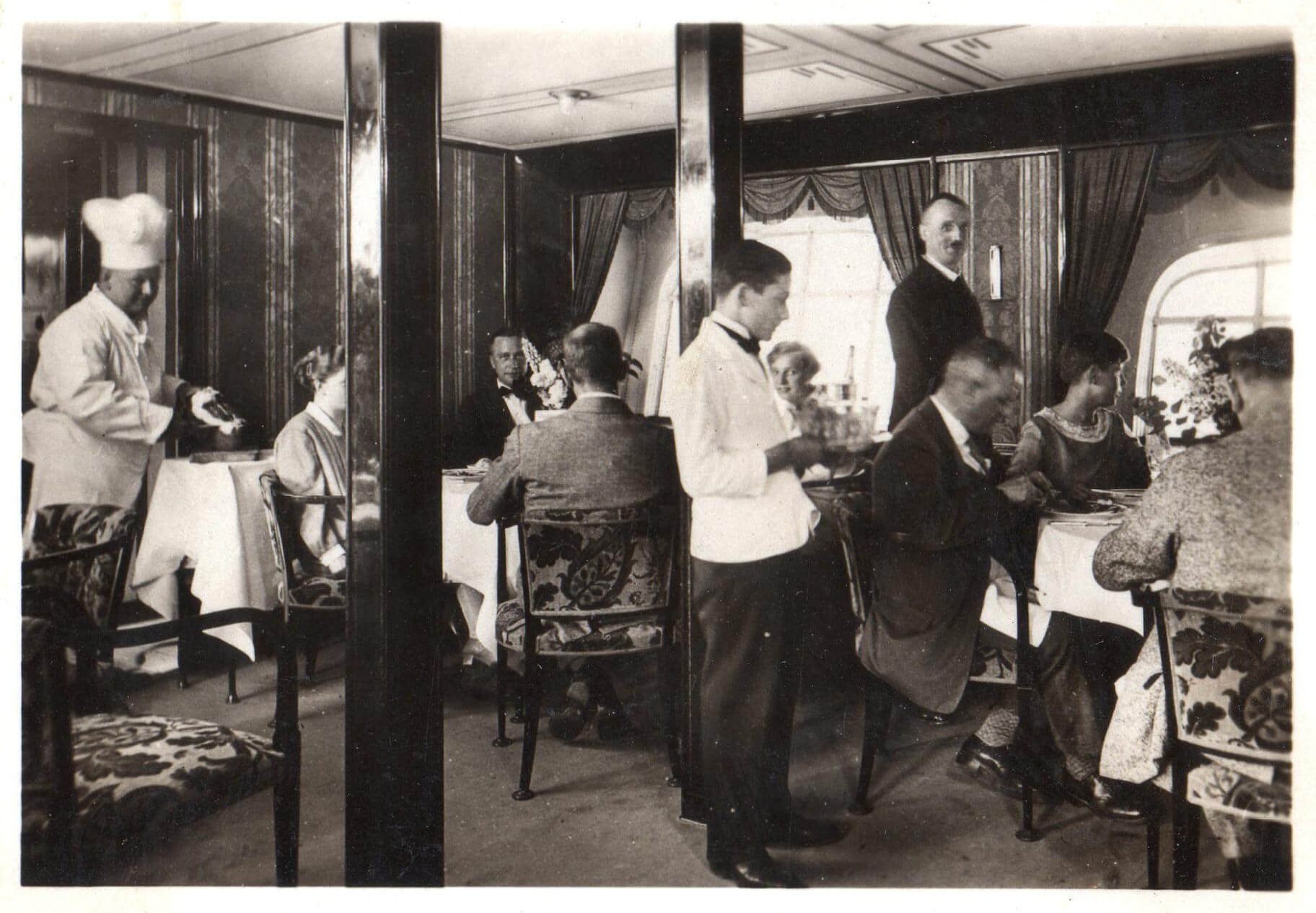
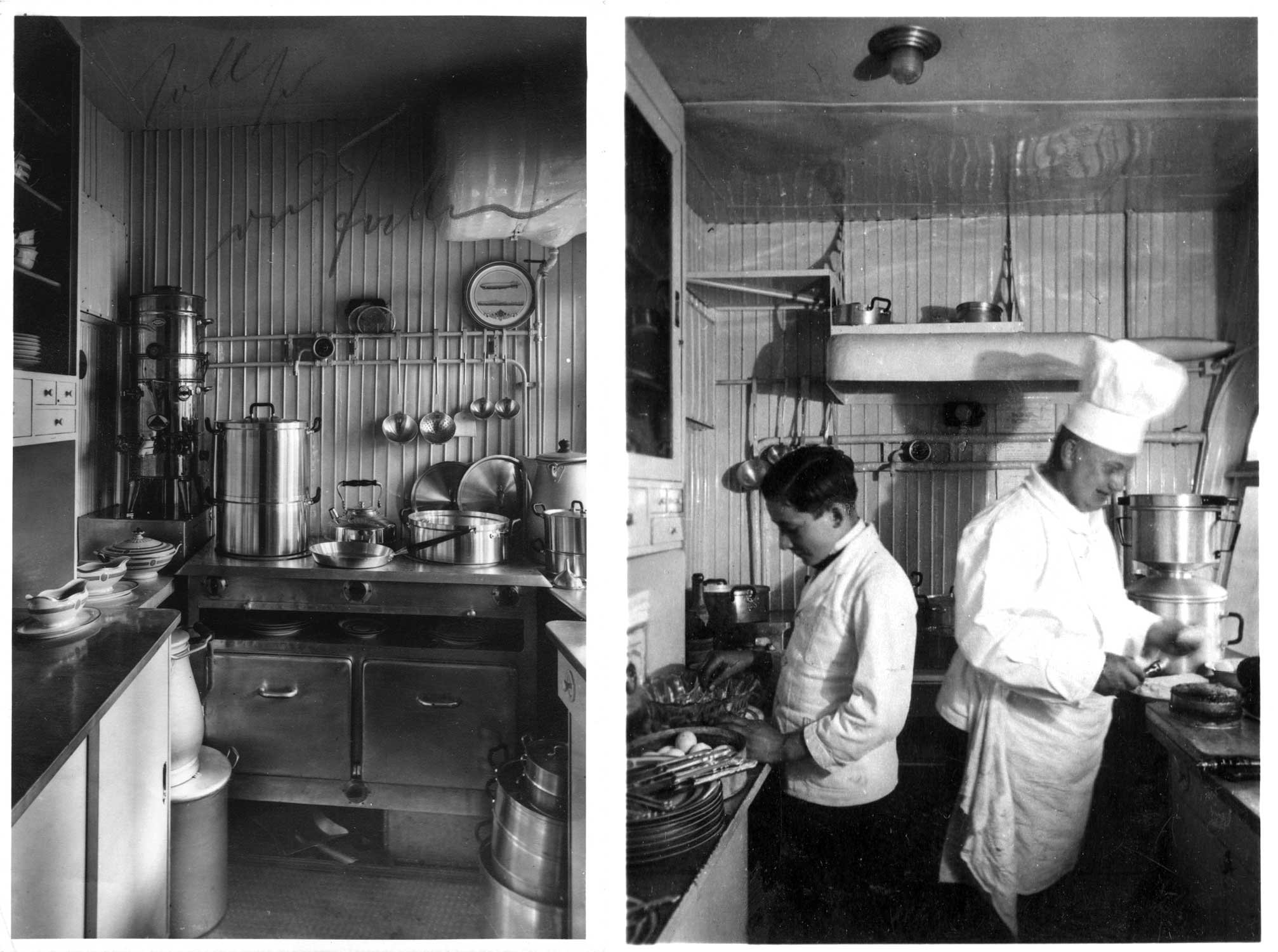
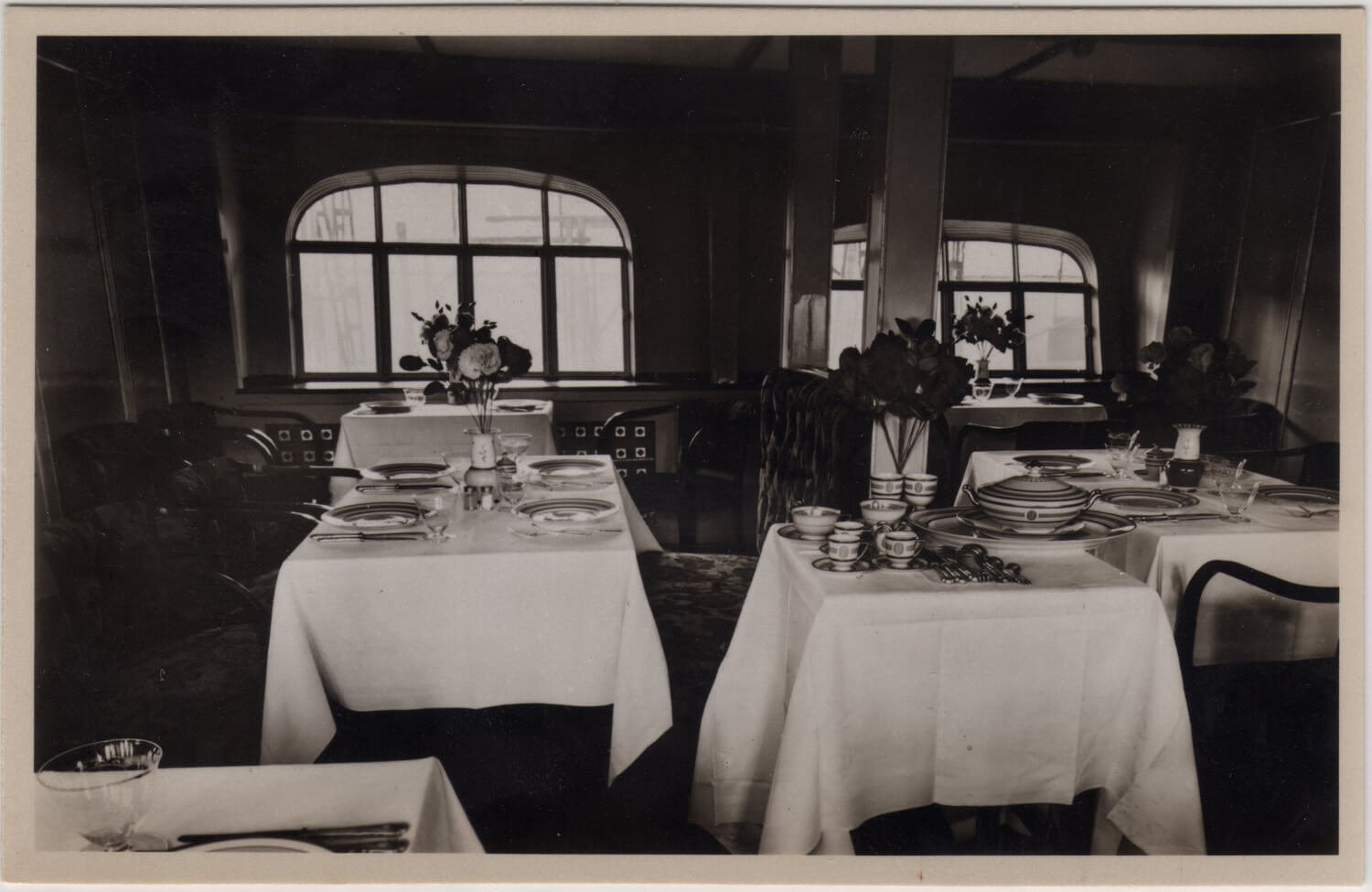
Tragically, just one year after its maiden flight, the Hindenburg crashed due to an open flame that ignited the hydrogen inside the airship.
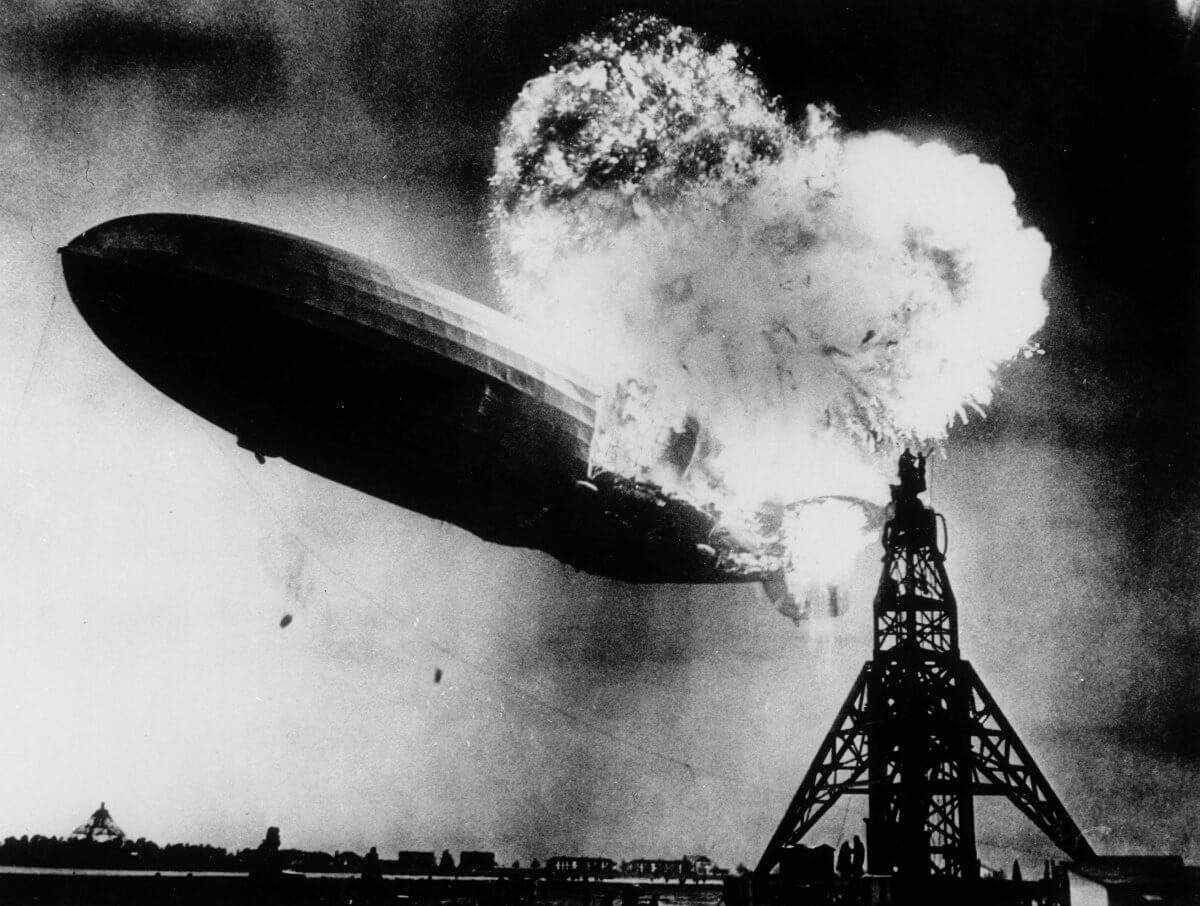
This accident marked the end of the classic cabins and designer walls of the airship era, after which these machines pretty much fell out of popularity and airplanes came to be the new means of travel.
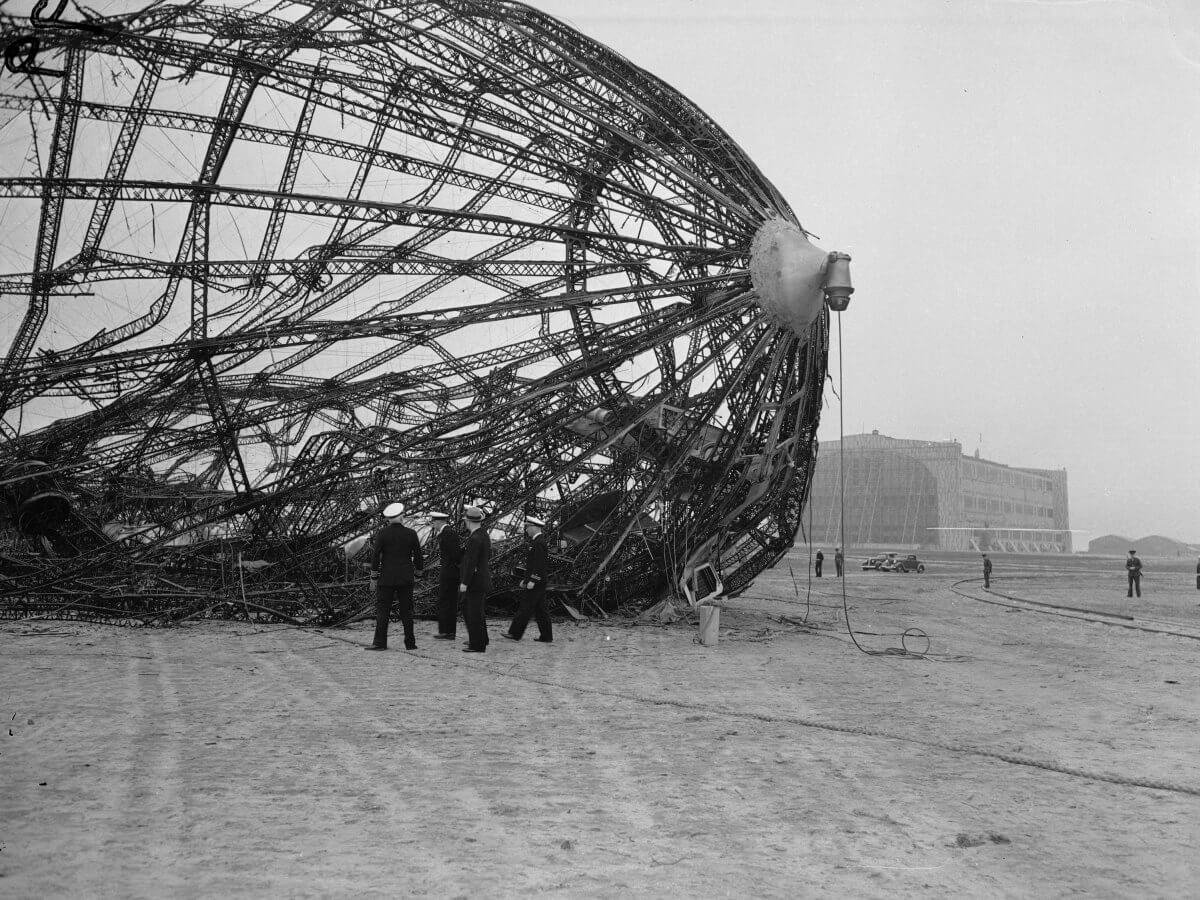
Looks like a hotel in the sky, doesn’t it?
Masthead image source:

















